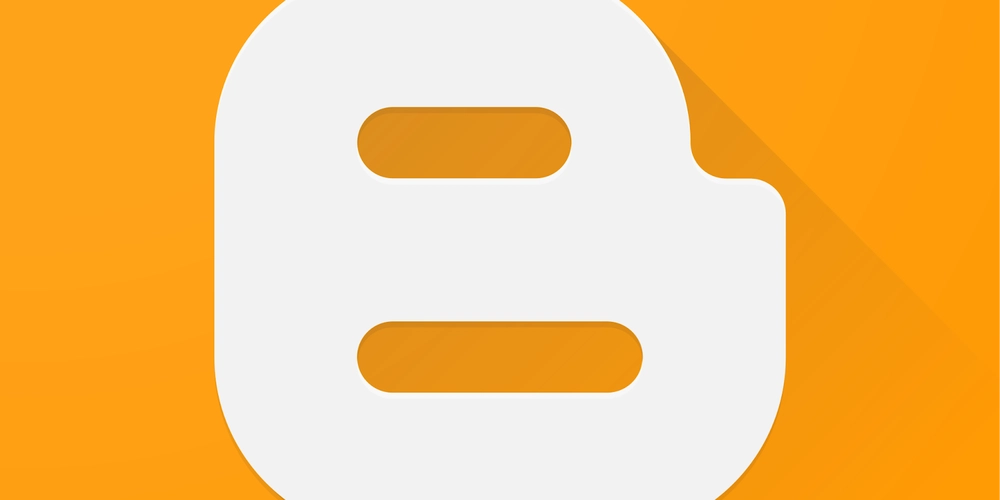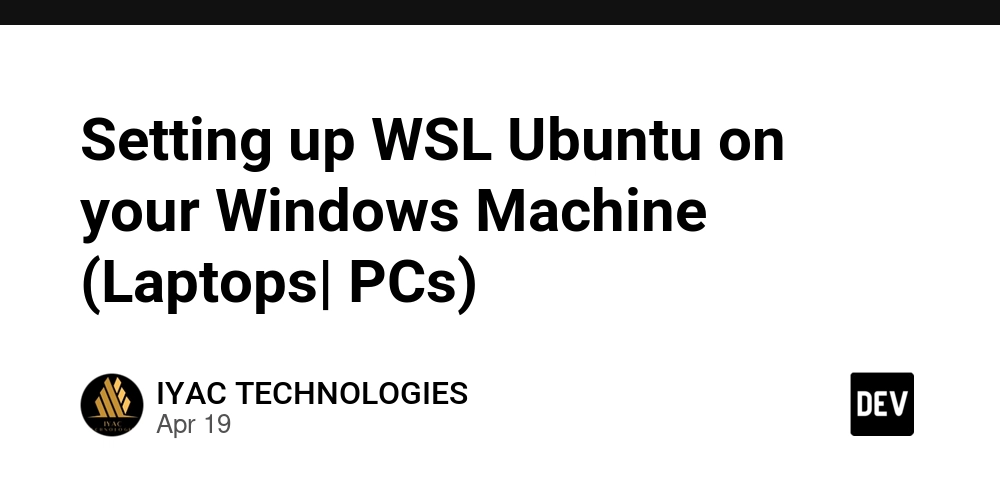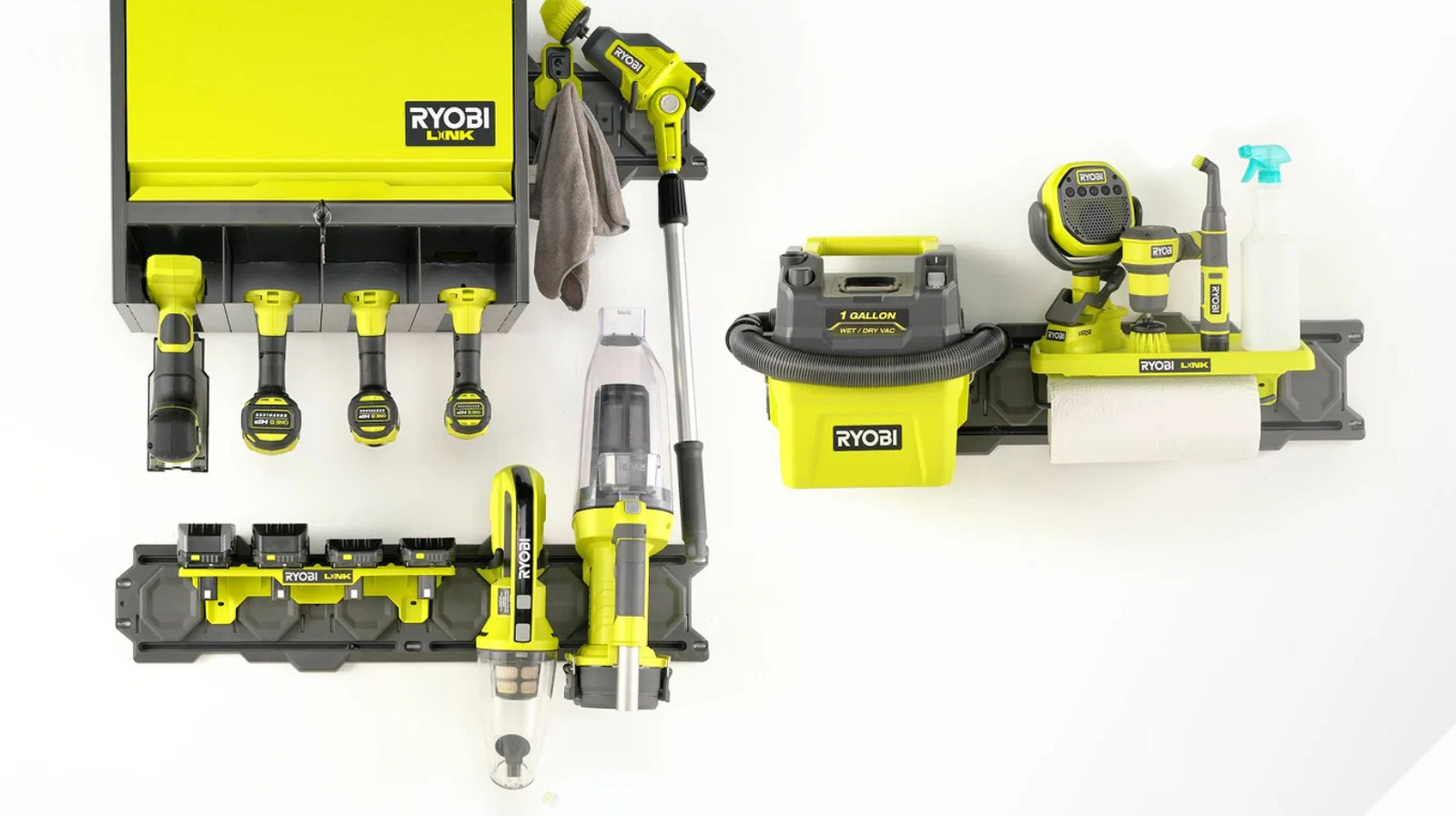Getting Started with 2D Game Programming
2D game programming is a fantastic way to dive into the world of game development. With simple graphics and mechanics, it’s a beginner-friendly approach that builds foundational skills for creating games. In this post, we’ll cover the basics of 2D game development and how you can start building your own games. Why Start with 2D Games? Simplicity: Easier to design and program than 3D games. Less Resource-Intensive: Suitable for indie developers and small teams. Classic Style: Many popular games are still made in 2D (e.g., Celeste, Hollow Knight). Great for Learning: Teaches programming logic, game loops, and physics. Popular Tools and Frameworks for 2D Game Development Unity (C#): Powerful and versatile, ideal for both 2D and 3D games. Godot (GDScript/C#): Open-source, lightweight, and beginner-friendly. LibGDX (Java): Great for cross-platform development, especially Android. Pygame (Python): Simple and educational, excellent for learning. Phaser (JavaScript): Ideal for web-based 2D games. Core Components of a 2D Game Game Loop: Continuously updates game state and renders visuals. Sprites: 2D images or animations representing characters and objects. Physics: Handles collisions, gravity, and movement. Input Handling: Detects keyboard, mouse, or touch input. UI Elements: Menus, score displays, health bars, etc. Sound and Music: Enhances immersion and gameplay feedback. Simple Game Development Workflow Design Your Game: Define the concept, mechanics, and goals. Choose a Tool: Pick a game engine or framework based on your skills. Create Assets: Design sprites, sounds, and backgrounds. Implement Logic: Code the game loop, controls, and interactions. Test and Debug: Play your game, fix bugs, and optimize. Export and Share: Build for your target platform and share with others! Beginner-Friendly Game Ideas Platformer (like Mario) Top-down shooter Puzzle game Endless runner Breakout or Pong clone Tips for Beginners Start small — finish a simple game before making a complex one. Use free assets or draw simple shapes to prototype ideas. Join game dev communities and participate in game jams. Read source code of open-source 2D games. Don’t worry about perfection — learn by doing! Conclusion 2D game programming is an accessible and fun way to learn game development. With the right tools and some creativity, you can bring your game ideas to life and share them with the world. Start simple, keep learning, and have fun building!

2D game programming is a fantastic way to dive into the world of game development. With simple graphics and mechanics, it’s a beginner-friendly approach that builds foundational skills for creating games. In this post, we’ll cover the basics of 2D game development and how you can start building your own games.
Why Start with 2D Games?
- Simplicity: Easier to design and program than 3D games.
- Less Resource-Intensive: Suitable for indie developers and small teams.
- Classic Style: Many popular games are still made in 2D (e.g., Celeste, Hollow Knight).
- Great for Learning: Teaches programming logic, game loops, and physics.
Popular Tools and Frameworks for 2D Game Development
- Unity (C#): Powerful and versatile, ideal for both 2D and 3D games.
- Godot (GDScript/C#): Open-source, lightweight, and beginner-friendly.
- LibGDX (Java): Great for cross-platform development, especially Android.
- Pygame (Python): Simple and educational, excellent for learning.
- Phaser (JavaScript): Ideal for web-based 2D games.
Core Components of a 2D Game
- Game Loop: Continuously updates game state and renders visuals.
- Sprites: 2D images or animations representing characters and objects.
- Physics: Handles collisions, gravity, and movement.
- Input Handling: Detects keyboard, mouse, or touch input.
- UI Elements: Menus, score displays, health bars, etc.
- Sound and Music: Enhances immersion and gameplay feedback.
Simple Game Development Workflow
- Design Your Game: Define the concept, mechanics, and goals.
- Choose a Tool: Pick a game engine or framework based on your skills.
- Create Assets: Design sprites, sounds, and backgrounds.
- Implement Logic: Code the game loop, controls, and interactions.
- Test and Debug: Play your game, fix bugs, and optimize.
- Export and Share: Build for your target platform and share with others!
Beginner-Friendly Game Ideas
- Platformer (like Mario)
- Top-down shooter
- Puzzle game
- Endless runner
- Breakout or Pong clone
Tips for Beginners
- Start small — finish a simple game before making a complex one.
- Use free assets or draw simple shapes to prototype ideas.
- Join game dev communities and participate in game jams.
- Read source code of open-source 2D games.
- Don’t worry about perfection — learn by doing!
Conclusion
2D game programming is an accessible and fun way to learn game development. With the right tools and some creativity, you can bring your game ideas to life and share them with the world. Start simple, keep learning, and have fun building!


.jpg)

























![[Webinar] AI Is Already Inside Your SaaS Stack — Learn How to Prevent the Next Silent Breach](https://blogger.googleusercontent.com/img/b/R29vZ2xl/AVvXsEiOWn65wd33dg2uO99NrtKbpYLfcepwOLidQDMls0HXKlA91k6HURluRA4WXgJRAZldEe1VReMQZyyYt1PgnoAn5JPpILsWlXIzmrBSs_TBoyPwO7hZrWouBg2-O3mdeoeSGY-l9_bsZB7vbpKjTSvG93zNytjxgTaMPqo9iq9Z5pGa05CJOs9uXpwHFT4/s1600/ai-cyber.jpg?#)












































































































































![[The AI Show Episode 144]: ChatGPT’s New Memory, Shopify CEO’s Leaked “AI First” Memo, Google Cloud Next Releases, o3 and o4-mini Coming Soon & Llama 4’s Rocky Launch](https://www.marketingaiinstitute.com/hubfs/ep%20144%20cover.png)





























































































































![[FREE EBOOKS] Machine Learning Hero, AI-Assisted Programming for Web and Machine Learning & Four More Best Selling Titles](https://www.javacodegeeks.com/wp-content/uploads/2012/12/jcg-logo.jpg)








































































![Rogue Company Elite tier list of best characters [April 2025]](https://media.pocketgamer.com/artwork/na-33136-1657102075/rogue-company-ios-android-tier-cover.jpg?#)








































































_Andreas_Prott_Alamy.jpg?width=1280&auto=webp&quality=80&disable=upscale#)






























































































![What’s new in Android’s April 2025 Google System Updates [U: 4/18]](https://i0.wp.com/9to5google.com/wp-content/uploads/sites/4/2025/01/google-play-services-3.jpg?resize=1200%2C628&quality=82&strip=all&ssl=1)










![Apple Watch Series 10 Back On Sale for $299! [Lowest Price Ever]](https://www.iclarified.com/images/news/96657/96657/96657-640.jpg)
![EU Postpones Apple App Store Fines Amid Tariff Negotiations [Report]](https://www.iclarified.com/images/news/97068/97068/97068-640.jpg)
![Apple Slips to Fifth in China's Smartphone Market with 9% Decline [Report]](https://www.iclarified.com/images/news/97065/97065/97065-640.jpg)
































































































































